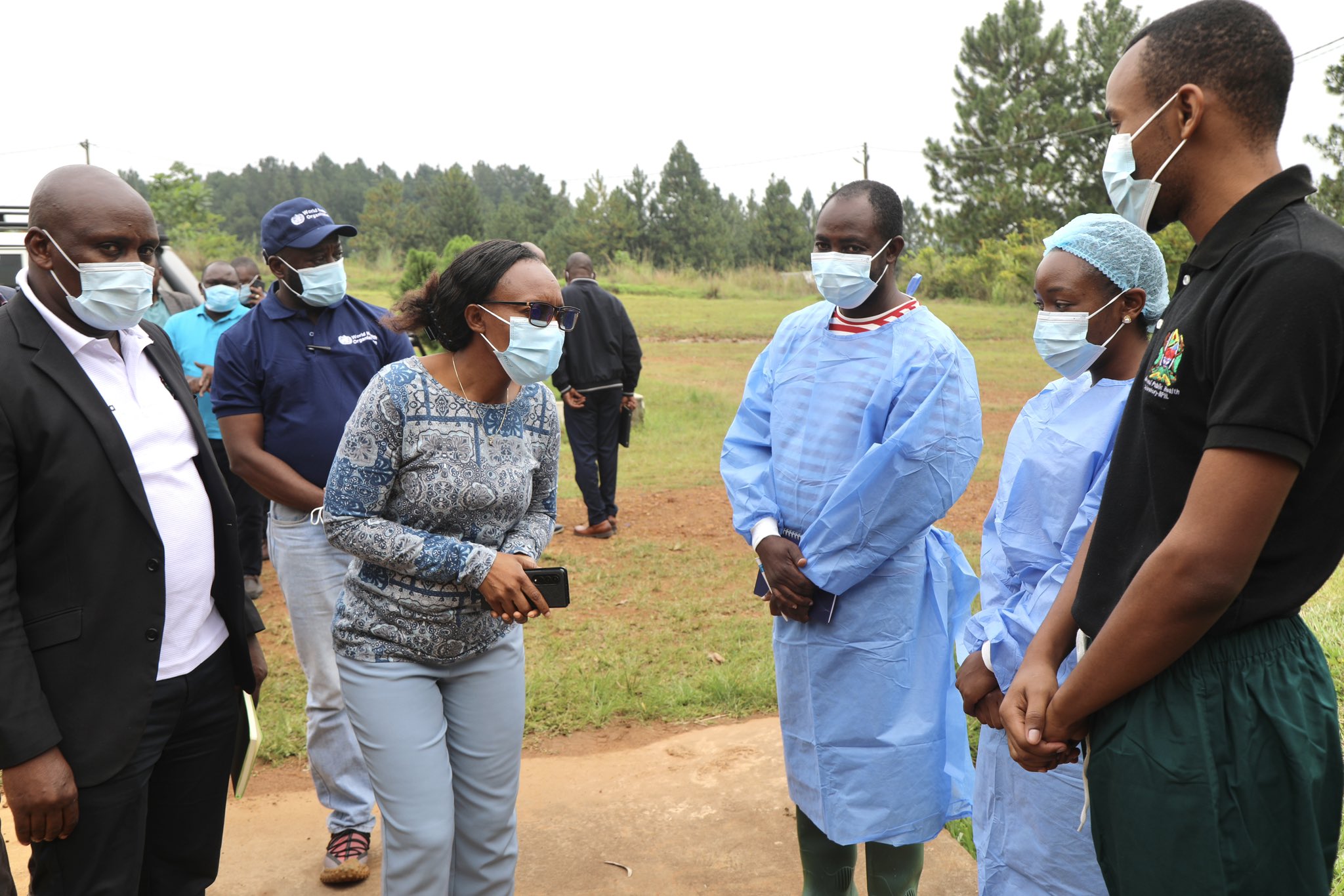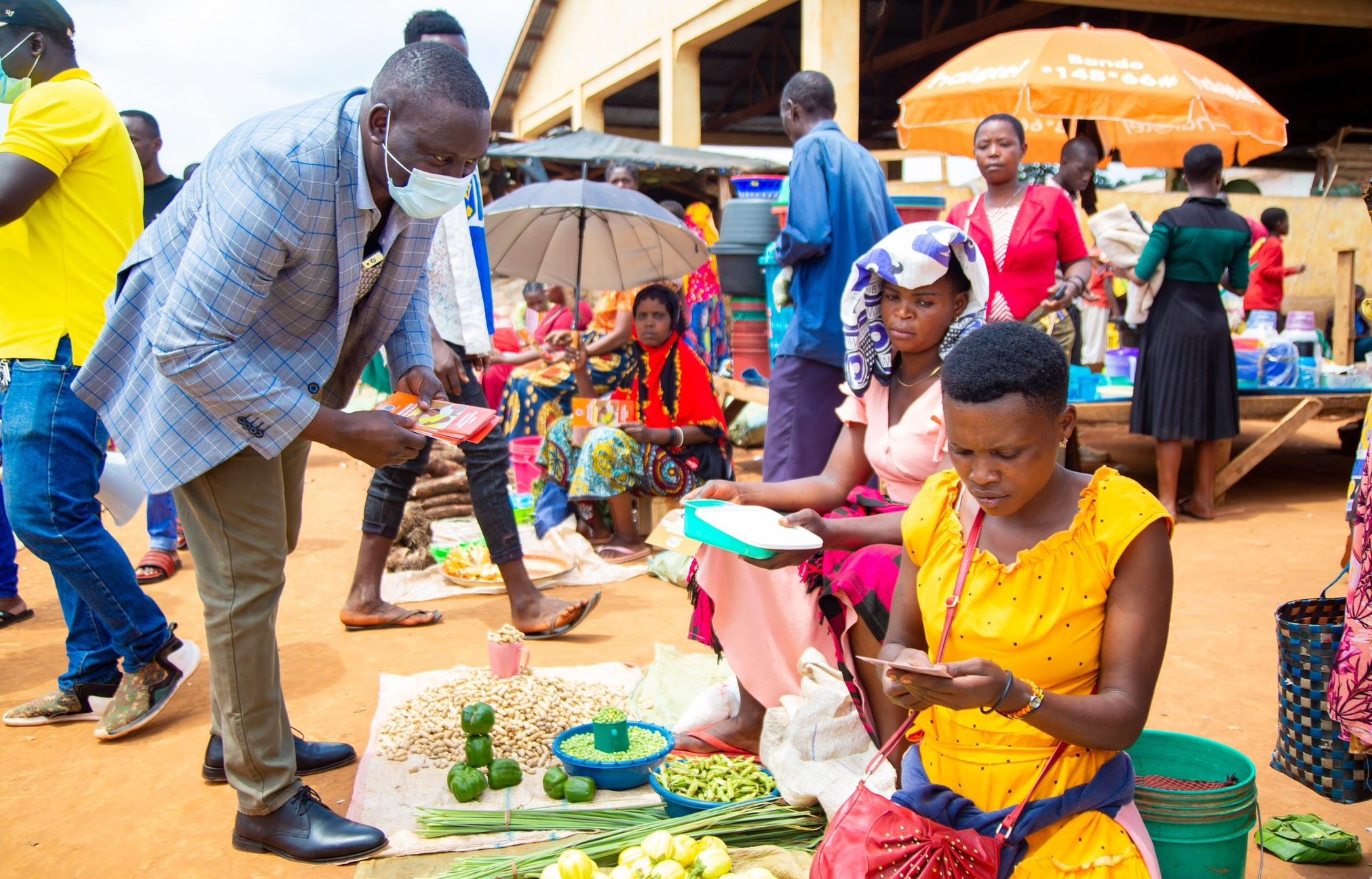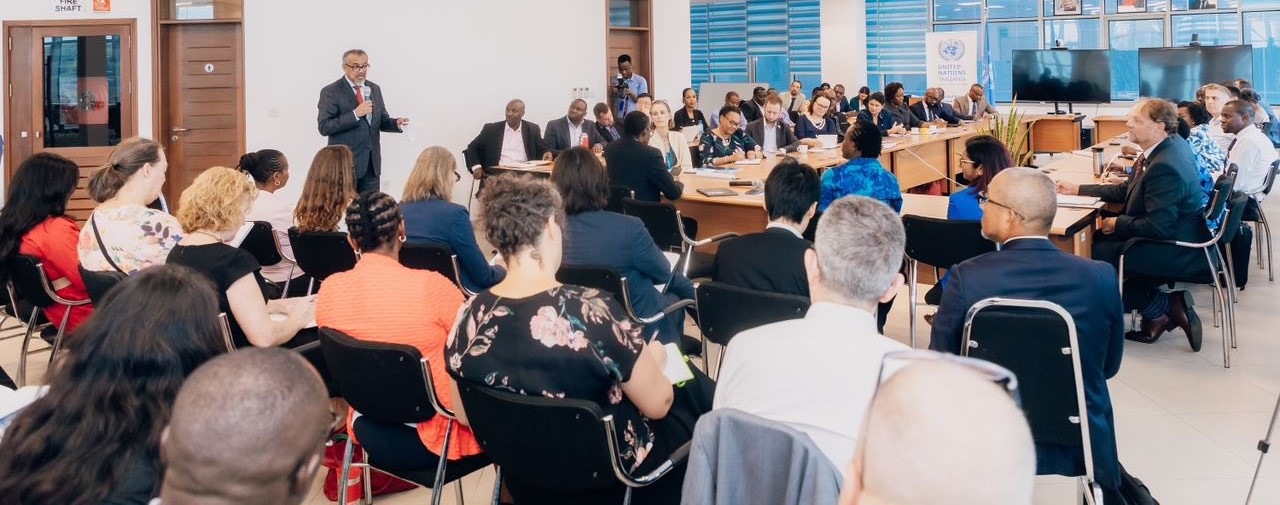The recent containment of the Marburg virus outbreak in Tanzania highlights how years of pandemic preparedness efforts in East Africa are paying off. In March 2023, when Tanzania reported its first-ever Marburg outbreak in Bukoba, near the borders with Uganda, Rwanda, and Burundi, the risk of cross-border spread was high. However, the East African Community (EAC), in collaboration with German development partners GIZ and KfW, was able to apply lessons learned from previous crises, including Ebola and COVID-19, to respond quickly and effectively. Crisis communication structures, rapid coordination with WHO, and immediate engagement of regional experts helped set the stage for a strong response.
Key measures included the rapid deployment of protective equipment, trained African Health Volunteers Corps members, and mobile laboratories that allowed for real-time testing near the outbreak site. These resources, funded through regional cooperation projects, drastically reduced diagnostic delays and enabled health authorities to act faster. Additionally, years of simulation exercises, cross-border outbreak drills, and workforce training meant that local health workers were better equipped to handle containment, patient care, and community engagement efforts. These preparations helped address both medical and social challenges, such as misinformation and stigma, often linked to haemorrhagic fevers.
Ultimately, Tanzania declared the outbreak over in less than three months, with only nine cases recorded. The success demonstrates the value of regional preparedness strategies, coordination across sectors, and international cooperation. Moving forward, Germany’s support continues through initiatives like establishing a regional pool of deployable experts, enhancing cooperation with Africa CDC and WHO, and strengthening long-term resilience in health security across East Africa.
Full article here: https://health.bmz.de/stories/how-its-pandemic-preparedness-helped-tanzania-to-successfully-control-a-marburg-outbreak/




